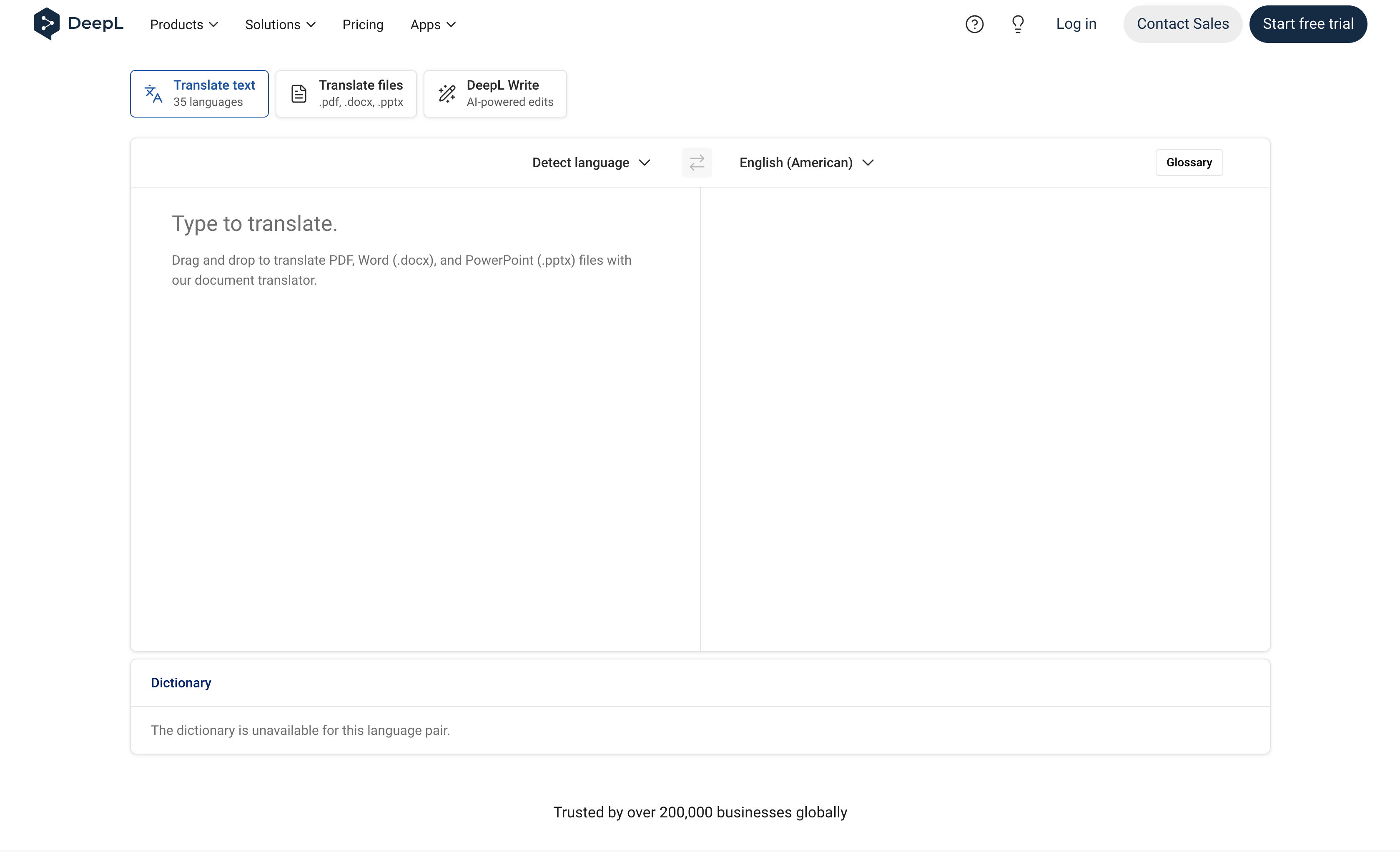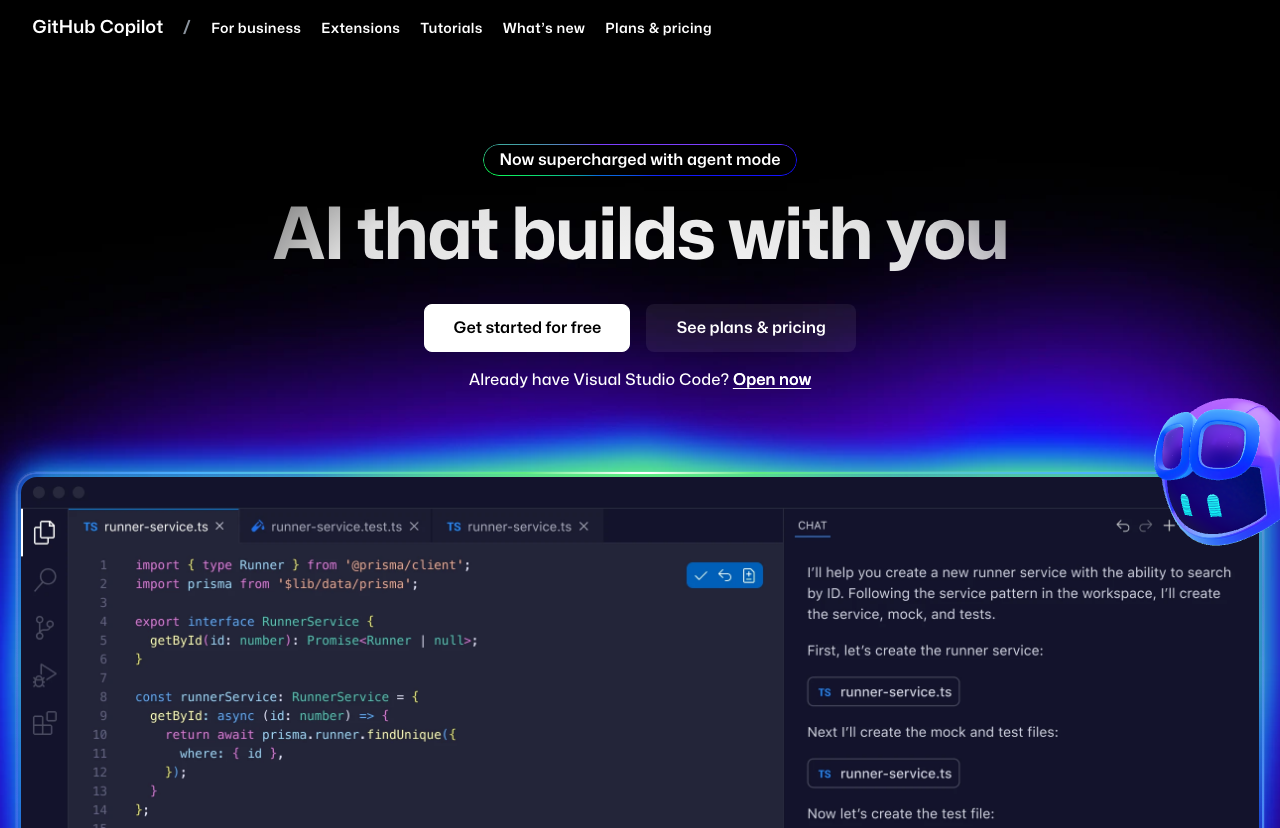A curated list of 1270 AI tools designed to meet the unique challenges and accelerate the workflows of Product Managers.

Your AI assistant for conversation, research, and productivity—now with apps and advanced voice features.

Bring your ideas to life: create realistic videos from text, images, or video with AI-powered Sora.

Your everyday Google AI assistant for creativity, research, and productivity

Accurate answers, powered by AI.

Open-weight, efficient AI models for advanced reasoning and research.

AI workflow automation for technical teams

The world’s most advanced AI code editor

The world’s most accurate AI translator.

Your cosmic AI guide for real-time discovery and creation

Your AI pair programmer

All-in-one AI assistant for seamless teamwork, smarter workflows, and integrated productivity.

Build, automate, and scale AI-powered business solutions with the #1 enterprise platform.
Cluster qualitative feedback from support tickets, reviews, and interviews into actionable themes. Draft product requirements with context from telemetry, personas, and business goals. Simulate roadmap scenarios by modeling capacity, impact, and dependencies. Monitor release health by combining product analytics with user sentiment.
Integrations with Jira, Linear, Notion, Slack, and analytics stacks. Ability to ingest voice-of-customer data securely (surveys, Gong calls, community threads). Support for decision frameworks like RICE, MoSCoW, or opportunity solution trees. Collaboration features so design, engineering, and executives can comment in context.
Yes—many vendors offer free tiers or generous trials. Confirm usage limits, export rights, and upgrade triggers so you can scale without hidden costs.
Normalize plans to your usage, including seats, limits, overages, required add-ons, and support tiers. Capture implementation and training costs so your business case reflects the full investment.
AI over-indexing on noisy feedback. Weight insights by customer segment, plan tier, or strategic priority before feeding them into models. Stakeholder skepticism of machine-generated prioritization. Expose the decision criteria, show alternatives, and keep humans in the loop for final calls. Maintaining a single source of truth across tools. Choose platforms that sync with existing workspaces rather than creating yet another silo.
Begin with backlog grooming. Let AI summarize requests and suggest themes while PMs validate. Expand to spec drafting and roadmap reviews. Share wins with leadership—faster alignment, fewer redundant meetings, and clearer release notes.
Cycle time from insight to roadmap decision. Stakeholder satisfaction with prioritization transparency. Reduction in duplicate feature requests or meeting load. Launch outcomes tied to AI-supported decisions (adoption, NPS).
Feed AI victory and failure postmortems to refine future prioritization suggestions and highlight patterns you might miss.
Product leaders orchestrate research, prioritization, and delivery. AI copilots synthesize signals from users, stakeholders, and telemetry so you can make confident roadmap decisions.
Customer feedback pours in across channels. Without AI, triaging insights and aligning cross-functional teams becomes guesswork. AI helps PMs surface patterns, draft specs, and communicate trade-offs transparently.
Use this checklist when evaluating new platforms so every trial aligns with your workflow, governance, and budget realities:
Begin with backlog grooming. Let AI summarize requests and suggest themes while PMs validate. Expand to spec drafting and roadmap reviews. Share wins with leadership—faster alignment, fewer redundant meetings, and clearer release notes.
Feed AI victory and failure postmortems to refine future prioritization suggestions and highlight patterns you might miss.